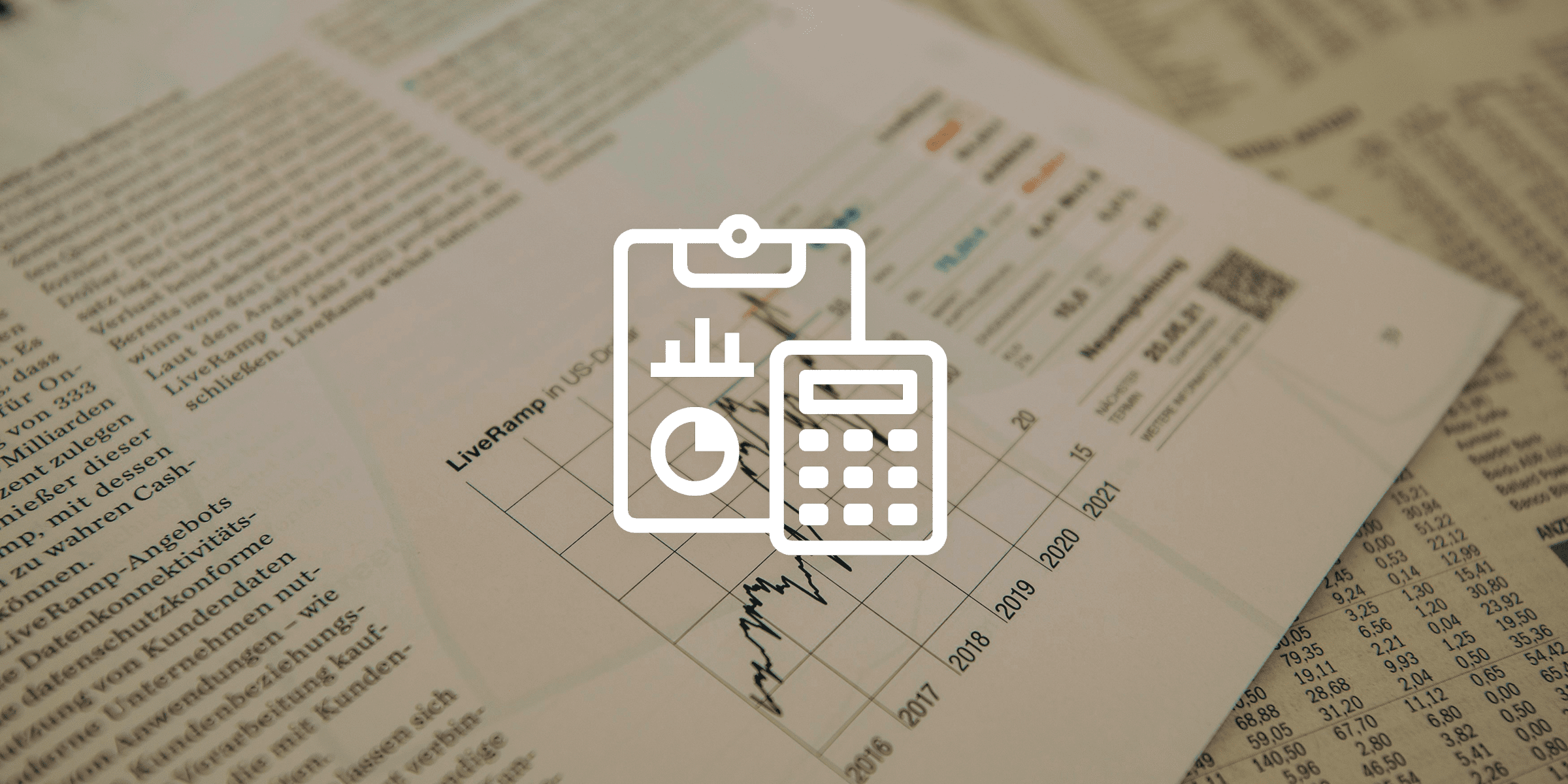Background: The Scope of Corporate Fraud
Corporate fraud and white-collar crimes disrupt industries and erode public trust. These financial crimes cost the U.S. government over $300 billion in 2024 alone, with an estimated 10% of public companies involved in securities fraud annually.
Despite prevalence, 42% of firms lack effective third-party and portfolio company risk management, leaving them and their investors vulnerable to financial crimes. According to the 2024 corporate fraud report, organizations lose approximately 5% of revenue to fraud each year, with the median loss per case increasing by 24% compared to 2022 levels.
Fraudulent activities damage shareholder value and tarnish reputations, yet early signs of white-collar fraud often go unnoticed or buried in local media. Implementing proper fraud monitoring systems is essential for investors to stay informed.
The Wirecard case highlights this issue clearly: Despite years of German press reports warning of potential accounting irregularities, international investors remained unaware. When the company eventually declared bankruptcy, it was revealed that €1.9 billion in trust accounts had been fabricated, leading to significant investor losses.
Similar patterns emerged with NMC Health and Steinhoff International. At Steinhoff, the company overstated profits by billions, while their multinational retail operations appeared sound. These three cases resulted in investor losses exceeding $41 billion combined.
In each instance, local media flagged accounting issues years before they escalated into global scandals. Early detection through continuous transaction monitoring could have mitigated these losses, highlighting the importance of robust fraud monitoring systems to safeguard investor capital.
Detecting Tomorrow’s Scandals Today: Early Warning Signs Missed in Billion-Dollar Fraud Cases
Wirecard: A €23 Billion Lesson on Why Financial Crime Investigation Is Critical
Once regarded as a fintech success story, German firm Wirecard collapsed in 2020 in what became Germany’s biggest case of financial reporting fraud. Founded in 1999, the company quickly become a major global payment services provider.
Wirecard’s downfall followed years of systemically concealed accounting fraud. In June 2020, the company admitted that €1.9 billion, a third of theirreported assets supposedly held in accounts in the Philippines, never existed.
At the heart of the fraud was a web of deception. Wirecard inflated their revenue by a third and their profits by 80% through inflated acquisitions, fake partnerships in Asia, and ’round-tripping’ transactions to create the illusion of real business activity.
BaFin focused their efforts on investigating Financial Times journalists and other critics for false accusations of market manipulation rather than Wirecard itself. Meanwhile, EY, Wirecard’s auditor for over a decade, failed to verify the existence of billions in supposed bank deposits, allowing the fraud to persist for years.
Investors suffered significant losses, with Wirecard’s stock price plummeting from €193 in 2018 to just €0.31 by 2020, erasing over €23 billion in shareholder value.
Monitoring would have saved: ~$23 billion
The Wirecard incident cost investors a collective $23 billion, with individual firms like SoftBank losing $1 billion.
Wirecard’s story highlights the importance of vigilance. An advanced adverse media monitoring solution could have identified numerous warning signs years before Wirecard’s collapse, including the numerous Financial Times articles questioning Wirecard’s accounting practices as early as 2015, including specific allegations about suspicious transactions in Asia.
Monitoring technology capable of screening sanctions and enforcements, criminal records, and adverse media would have detected Wirecard’s aggressive legal actions against critics—often a red flag. These solutions would also have identified critical research reports from firms like Zatarra Research in 2016 specifically questioning Wirecard’s financial reporting.
Continuous monitoring of these warnings could have helped investors reassess their positions, potentially avoiding massive losses.
NMC Health: A $6 Billion Hidden Debt Crisis
Investors in NMC Health, once the flagship healthcare provider in the UAE, were shocked by the company’s 2018 collapse. Founded in 1974 as a small clinic in Abu Dhabi, NMC grew to become the UAE’s largest private healthcare operator through aggressive acquisitions.
After listing on the London Stock Exchange in 2012, NMC expanded rapidly from 5 facilities to over 100 by 2018, with revenues growing from $490 million to $2.1 billion.
However, behind this growth were serious financial irregularities. The scandal broke in December 2019 when short-seller Muddy Waters alleged that NMC had inflated cash balances, overpaid for acquisitions, and understated their debt. This report caused a 37% drop in NMC’s share price, but worse was to come.
As corporate fraud investigations unfolded, the company revealed in March 2020 that their ctual debt was $6.6 billion—$4.5 billion more than reported on their balance sheet. A complex web of undisclosed debt facilities across more than 80 financial institutions had been concealed from investors and even board members.
By April 2020, NMC had been delisted from the London Stock Exchange and placed into administration, effectively wiping out shareholders’ investments.
Monitoring would’ve saved investors: ~ $6 billion
The NMC Health scandal stands as one of the most significant corporate frauds in recent history, costing investors an estimated $6 billion. Abu Dhabi Commercial Bank, a majority investor, lost $1 billion from the incident.
Advanced money laundering, fraud, and adverse media monitoring solutions could have detected early warning signs, including rumors of accounting irregularities circulating in financial circles and concerns about NMC’s governance structure. Media reports questioning the company’s acquisition strategy would have been flagged well before the collapse.
Additionally, thorough screening of global criminal records, sanctions, and enforcement actions would have revealed concerning patterns in key executives’ backgrounds.
The NMC Health case demonstrates how sophisticated frauds can hide behind impressive growth stories, and why continuous monitoring of adverse media and regulatory developments is essential for protecting investment value.
Steinhoff International: The $12.5 Billion Profit Inflation
The Steinhoff International scandal, one of the largest accounting fraud examples in recent history, saw the company inflate profits by $7.4 billion over eight years, from 2009 to 2017. The firm started as a German furniture distributor in 1964 and grew into a global retail giant, acquiring brands like Mattress Firm in the U.S.
Behind this growth, however, was a web of deception led by CEO Markus Jooste, who orchestrated fake transactions with entities that appeared independent but were actually closely related to company insiders. These transactions inflated Steinhoff’s profits and asset values, masking the company’s true financial condition.
Warning signs included unusually high working capital ratios and unusually high interest income. German tax authorities raided Steinhoff’s offices in 2015, and the company’s governance raised further concerns.
Monitoring would’ve saved investors ~ 12.5 billion
When the fraud was uncovered in December 2017, Steinhoff’s stock plummeted 87%. By March 2019, $21 billion in market value had evaporated – a staggering 97% decline in shareholder value.
The Government Employees Pension Fund and other investment groups suffered devastating losses, with experts estimating that investors lost approximately $12.5 billion.
Proper risk monitoring could have flagged warning signs earlier, including adverse media and regulatory records alerting investors to German investigations that began in 2015, two years before Steinhoff International’s collapse.
Global media analysis would have highlighted concerns raised in the German and South African press, including a Reuters report in 2017 on undisclosed transactions worth nearly $1 billion.
With continuous fraud and transaction monitoring, investors could have made informed decisions before the collapse, potentially preserving billions in value.
Quantifying the ROI of Monitoring for Corporate Fraud
Corporate fraud and white-collar crime have devastating financial and reputational consequences, as highlighted by the Wirecard, NMC Health, and Steinhoff International scandals, which collectively cost investors over $41 billion.
These cases underscore the profound impact on the broader financial system. Despite clear warning signs—such as financial irregularities, negative media coverage, and regulatory concerns—investors failed to act, allowing these issues to escalate into catastrophic losses.
Vcheck’s continuous monitoring allows investors to detect these risks early, enabling them to take proactive steps to protect their investments. By analyzing real-time data from news outlets, regulatory filings, and sanctions lists, monitoring helps investors identify emerging threats before they escalate into major fraud cases.
In today’s fast-paced and interconnected markets, continuous monitoring is vital to maintaining the integrity of the global financial system. Contact us to discover how Vcheck Monitoring delivers measurable ROI and protects investors from reputational and financial risks.

